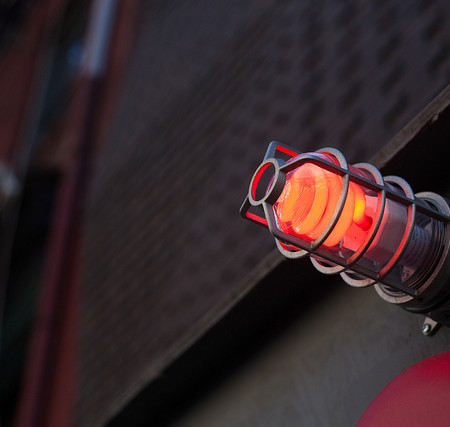CFL Bulbs and Mercury: What You Need to Know
Compact fluorescent light bulbs (CFLs) contain an average of 4 milligrams of mercury, about the amount that would cover the tip of a ballpoint pen. This is much less than the amount contained in those old mercury thermometers, or even the amount deemed safe to consume in our diet from fish. But make no mistake, mercury is a neurological toxin. The EPA uses 0.1 micrograms per kilogram of body weight per day as the accepted exposure level for oral consumption without recognized adverse effects. Inhaling mercury vapor in significant amounts (greater than 0.025 mg/m3) can cause deficits in cognitive functioning, tremors, kidney damage and even death in cases of high exposure. If mercury is so toxic, why is it in a common household item such as a lightbulb?
Weekly Environmental News – March 10, 2013
Game Changer: Whole Foods Market to require GMO labels Despite the blessings of FDA and WHO that food containing genetically modified organisms (GMOs) is safe, consumer are exercising their “right to know” and have made great strides in the fight to see labeling on grocery store shelves.Whole Foods Market stores in the U.S. and Canada [...]
A Really Tough Class: Studying Geology in the Bahamas
Which course offers sun, sand, and a clear turquoise sea — in January? It’s the “Coral Reefs and Caves: The Geology of The Bahamas” course in the Environmental Sciences & Policy program. I took it this year and can confirm it’s just as good as it sounds, although it’s not all fun and games (we [...]
Neighbors Leery of City Plan to Repurpose Drinking Water Reservoir
In 2006, the EPA mandated more stringent regulations for finished drinking water storage in order to ensure public health and safety. As the Baltimore City Department of Public Works designs the project plan for Druid Hill Reservoir, one of several sites in the city that must come under compliance by the June 25, 2018 deadline, [...]





Recent Comments